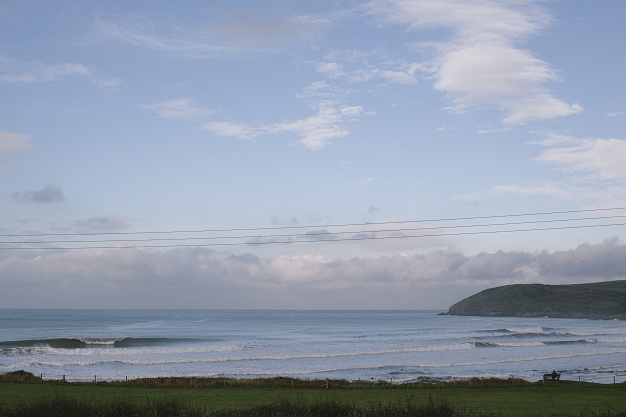Vision and Planning
Vision and Mission Statement
This is a short paragraph which describes what your business does. Not only does it help you to focus on what you are doing but provides a useful explanation for customers and staff. For example, it might state: ” We aim to provide an exceptional holiday experience for visitors from all over the world focussing on using local food and produce whenever possible.”
Business Plan
A Business Plan provides a blueprint for running the business and can provide benchmarks to check your progress against targets. You will need this document when seeking funding from banks, finance companies (e.g. lease hire agreements) or for applying for support from your local authority. There are plenty of sources of advice for writing a Business Plan and your bank may be the best place to start.
The government website Business is Great provides links to a number of different sources – some more suitable for start up businesses e.g. The Start Up Donut and others for more established businesses. One of the easiest to use currently is HSBC which includes a link to an interactive tool to create your own Business Plan. The Rural Tourism Business Toolkit is another useful resource or your local LEP or Local Authority may be able to provide support.
The Business Plan doesn’t need to be long but it should include the following essential elements:
- Executive summary
This should be written last but goes on the first page. It must be written in clear language and sum up the overall plan. - The Business
This explains what your main business offer is to customers and could include your Mission Statement as described above. - Markets and Competitors
Describe who your current and potential customers are in terms of origin, characteristics and scale of the market. Include any market research you may have done to back this up. This section should also include an indication of who your main competitors are and their impact on your business. - Sales and Marketing
Here you need to explain how you attract customers, preferably a summary of your marketing plan. This should include your brand/image and the promotional tools i.e. website, OTAs, direct marketing, the advertising you use or plan to use in future and how you will measure their effectiveness. - Management
Outline here your skills and experience and those of your team and how you can manage all aspects of the business. - Operations
This section is about the facilities that the business offers and how they will be operated. - Financial Forecasts
Here you need to cover the financial position of the business – both current and a forecast for the future. Ideally this should include profit and loss account, balance sheet and projected cash flow for the next 3-4 years. If the business requires funding this is where the amounts required should be outlined. - SWOT Analysis
Take an objective view of how your business is doing with an analysis of its strengths and weaknesses and the opportunities and threats it faces. It may be useful to bring in sympathetic outsiders or a consultant to support you with this.
